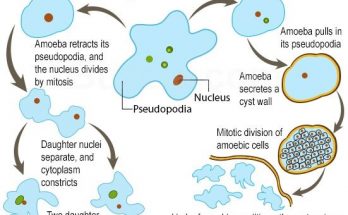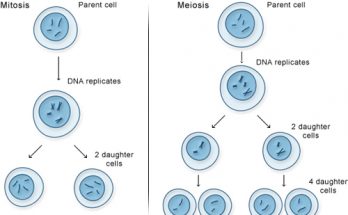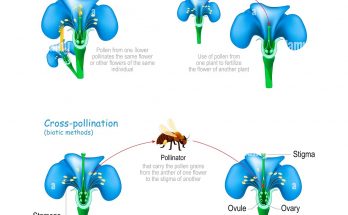
Guard Cells – Definition, Location, Structure, Function and Diagram of Guard Cells
Guard cells are specialised plant cells responsible for regulating the opening and closing of stomata, small pores on plant surfaces. They have a characteristic structure in the shape of a kidney or dumbbell and are located in the epidermis of leaves, stems and other plant organs. Their functions include the control of gas exchange, water balance and transpiration. The diagram of guard cells illustrates their unique shape and location.
Guard Cells – Definition, Location, Structure, Function and Diagram of Guard Cells Read More

